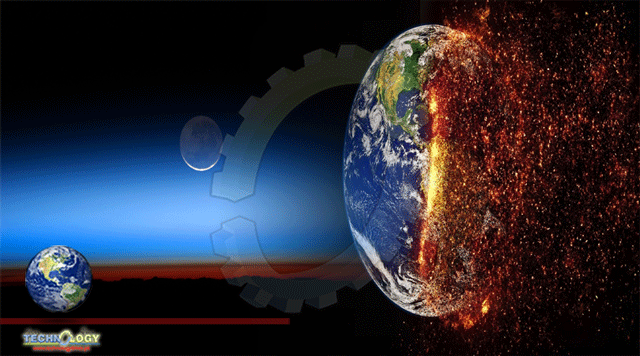Earth is reflecting less light as its climate continues to change, new research suggests.

A beautiful phenomenon connects climate and brightness: clouds. Clouds are a notoriously complicated piece of the climate puzzle — scientists struggle to model how clouds will respond to climate change and how those responses in turn will shape the future climate. But the scientists behind the new study think that the reflectivity finding hinges on the dynamics of clouds over the Pacific Ocean.
The research relies on two decades’ worth of observations of a phenomenon called “earthshine,” which is the light that Earth reflects onto the surface of the dark side of the moon, combined with satellite observations of Earth’s reflectivity, or albedo, and the sun’s brightness.
Different features on Earth reflect different amounts of light: the oceans very little, land about twice as much. Meanwhile, clouds reflect about half the sunlight that hits them, and snow and ice reflect the majority of light they receive.
Scientists at Big Bear Solar Observatory in Southern California have been studying how earthshine fluctuates since 1998, looking for changes at time scales from daily to decadal. (The researchers note that these measurements are only relative and call for more robust observations, perhaps even from cubesats or a lunar observatory.)
In the new research, scientists combined that data with observations from NASA’s Clouds and the Earth’s Radiant Energy System (CERES) project, which has been operating since 1997 with instruments on a host of NASA and National Oceanic and Atmospheric Administration (NOAA) satellites.
The researchers pulled together the two datasets to get a sense of whether and how Earth’s brightness has been changing. Over the full two-decade span, the amount of light Earth reflected dropped about 0.5% — or about half a watt less light per square meter. (One square meter is a little less than 11 square feet.) Most of the change comes in the last three years of the earthshine data set, which the researchers analyzed through 2017; the CERES data continues until 2019 and shows an even starker decline at its end.
And during that time, the researchers determined, the brightness of the sun — which went through two periods of maximum activity and one quiet period during the course of the study — didn’t meaningfully connect to the dip in reflectance. So a change in the amount of light Earth is reflecting must come from a change in Earth itself, the scientists reasoned.
In particular, the CERES data noted a loss of bright low-altitude clouds over the eastern Pacific Ocean, off the west coast of the Americas, where scientists are also registering stark temperature increases at the ocean surface.
And because light not reflected out to space is trapped in the Earth system, the change in brightness also has implications for the future of climate, potentially increasing the pace of human-caused climate change.
Originally published by Space